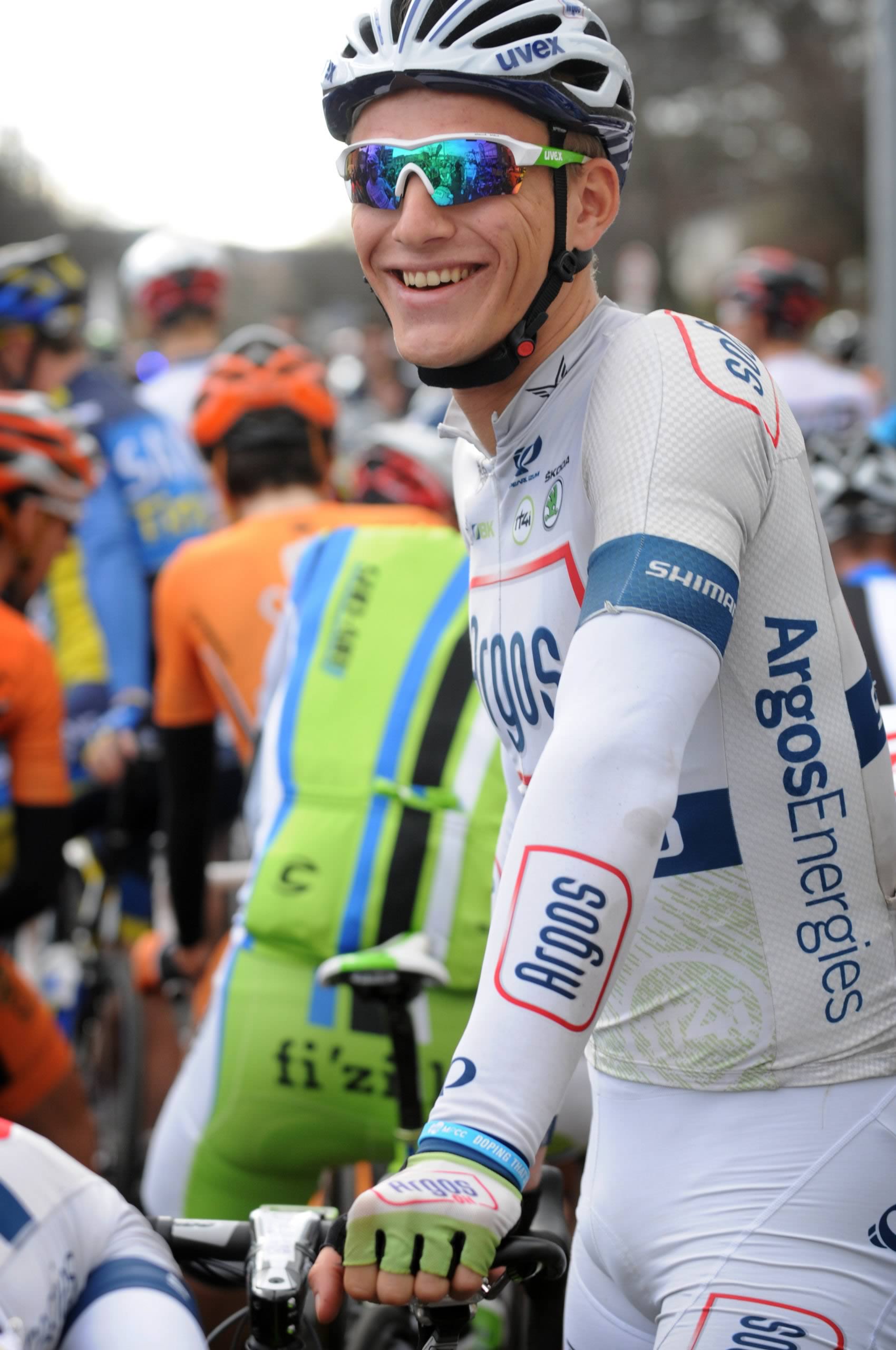 MPCC blue wristband appeared in the peloton at the beginning of the 2013 season. Wearing it allows to show your opposition to doping and underline your support to MPCC. Even if it is not only meant for riders and everybody is welcome to embrace MPCC values, riders remain the first ambassadors of the movement. Marcel Kittel, rider for the team Argos-Shimano and one of the best sprinters of the peloton, wears the blue wristband since the beginning of the year. “It’s easy to wear, underlines the german rider. I know what MPCC wants, and I know what I want. We have mutual interests, and I’m very glad to be able to support the movement.”
MPCC blue wristband appeared in the peloton at the beginning of the 2013 season. Wearing it allows to show your opposition to doping and underline your support to MPCC. Even if it is not only meant for riders and everybody is welcome to embrace MPCC values, riders remain the first ambassadors of the movement. Marcel Kittel, rider for the team Argos-Shimano and one of the best sprinters of the peloton, wears the blue wristband since the beginning of the year. “It’s easy to wear, underlines the german rider. I know what MPCC wants, and I know what I want. We have mutual interests, and I’m very glad to be able to support the movement.”
More and more riders show their support to MPCC. But obviously, wearing the wristband is no obligation: it is possible to show support through other means. It’s the case of Jeremy Roy, rider for the team FDJ: ”I don’t wear the blue wristband, but I still stand by MPCC rules and I’m happy to do it. Being part of a team that is MPCC member is far from insignificant for me. I refuse to wear the bracelet only because I consider this kind of token to be part of the private sphere.” As for FDJ, it was decided to put the MPCC logo “Doping, that’s enough” on the team jersey. “It is another way to show our support, as could be a distinctive sign on the bike.” For instance, at a press conference before Paris-Nice, Romain Feillu, rider from Vacansoleil, said he thought about putting the wristband on his bike. Several teams which are MPCC members have branded their cars and/or their website with the MPCC logo: ways of support are various.
